Navigating the Complexities of Acne Across Different Ages
Acne is a common skin disorder affecting individuals at various stages of life, with childhood and teenage years being particularly susceptible. However, the causes, clinical features, and management of acne differ significantly between these age groups. This article explores the distinctions between childhood and teenage acne, focusing on epidemiological factors, underlying causes, clinical presentations, and tailored treatment approaches that address the unique needs of each group. By understanding these differences, patients, parents, and healthcare providers can optimize management strategies to prevent complications and support emotional well-being.
Causes of Acne in Children versus Teenagers
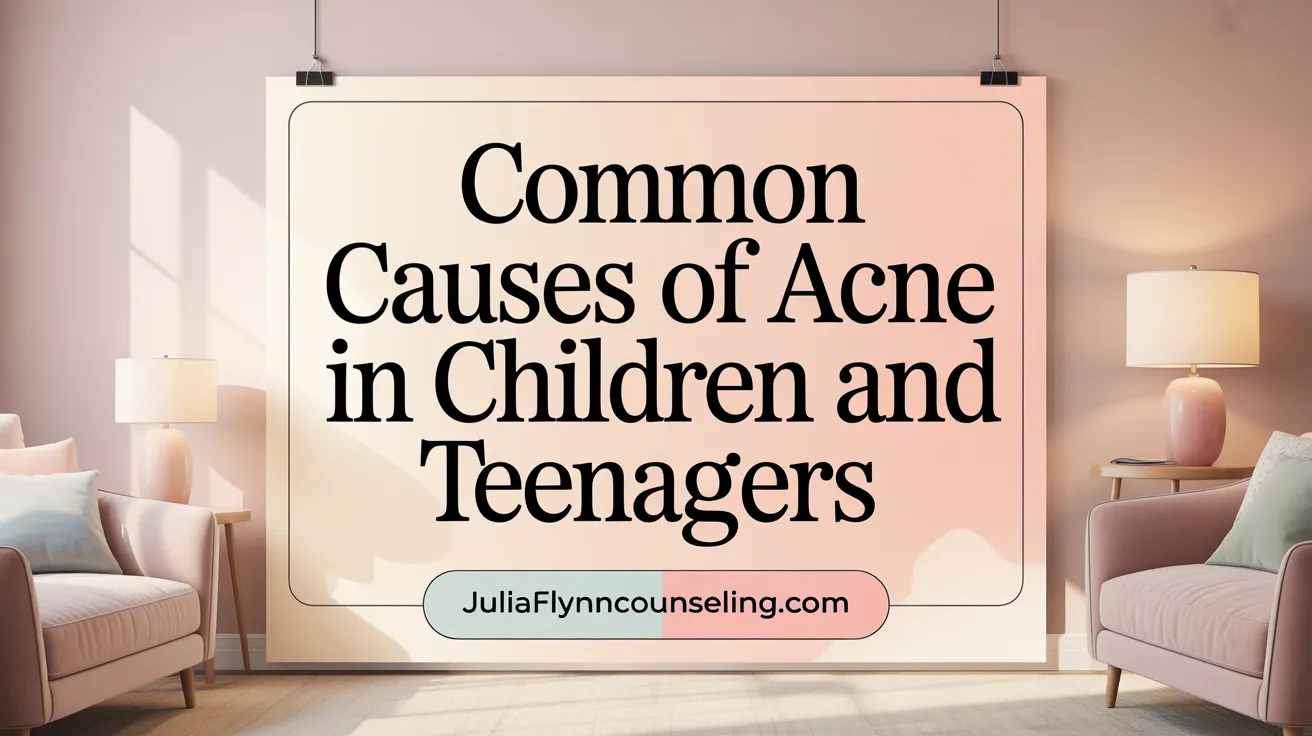
What causes acne in children versus teenagers?
Acne in children is relatively uncommon and usually less severe, often linked to genetic factors, certain medical conditions, or hormonal shifts that are not as pronounced as those in teens. In young children, causes might include hormonal changes triggered by conditions like precocious puberty or other endocrine disorders, as well as genetic predisposition.
Teenage acne, on the other hand, is predominantly driven by hormonal fluctuations during puberty. Increased production of androgens stimulates the sebaceous glands to produce more oil, which can clog pores and encourage bacterial growth, especially on the face, chest, and back. This surge in hormones usually causes acne symptoms to appear mainly on the cheeks, forehead, and jawline.
Environmental factors and lifestyle choices such as diet, stress, and skin care routines can influence both age groups but tend to exacerbate teenage acne more significantly.
Adult or persistent acne can also be related to hormonal variations linked to pregnancy, menstruation, or disorders like polycystic ovary syndrome (PCOS). Both children and teens experience follicular hyperkeratinization, where excess dead skin cells block hair follicles, creating an environment ripe for bacterial proliferation.
Overall, while genetic and environmental factors contribute to acne at all ages, teenagers are most affected due to the hormonal changes of puberty, whereas children’s acne often involves underlying medical or hormonal conditions that require careful evaluation.
Clinical Presentation Differences Between Childhood and Teenage Acne
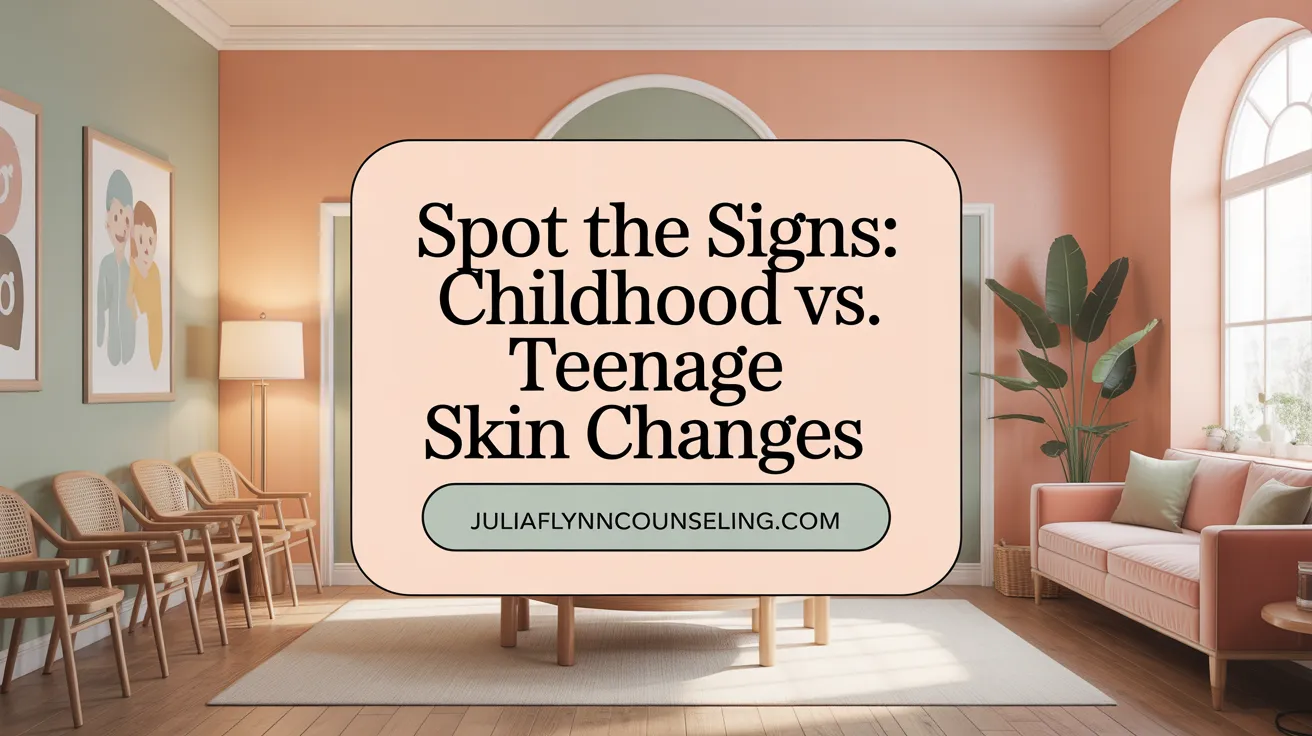
How do the clinical presentations of acne differ between children and teenagers?
The appearance and distribution of acne lesions vary significantly between children and teenagers, mainly due to hormonal and developmental factors.
In children, especially preadolescents, acne is often milder with fewer lesions. The most common types include non-inflammatory comedones such as whiteheads and blackheads. These lesions are generally localized on the face, particularly around the T-zone (forehead, nose, chin), but can sometimes involve the back and chest. Inflammatory lesions like papules and pustules are less common in young children.
Teenagers, on the other hand, tend to experience a more extensive and inflamed form of acne. The lesions in adolescents include a mixture of whiteheads, blackheads, papules, pustules, nodules, and cysts. During puberty, increased hormonal activity results in more oil production, leading to more severe and widespread acne, often affecting the face, chest, and upper back.
Severity also tends to increase during adolescence, with some cases progressing to nodulocystic acne that causes pain and has a higher risk of scarring. The clinical hallmark in teenagers is the presence of both non-inflammatory and inflammatory lesions, with inflammation being a prominent feature.
Summary Table of Differences:
| Aspect | Children | Teenagers |
|---|---|---|
| Typical Lesion Types | Mainly comedones (whiteheads, blackheads) | Mix of comedones, papules, pustules, nodules, cysts |
| Inflammation | Less common | More prominent |
| Distribution | Primarily facial, limited | Widespread: face, chest, back |
| Severity | Usually mild | Often moderate to severe |
| Common Features | Non-inflammatory, localized | Inflamed, extensive, with potential for scarring |
Understanding these differences helps in tailoring treatment strategies appropriately, considering the severity and lesion types typical for each age group.
Identifying and Differentiating Acne Types Across Ages
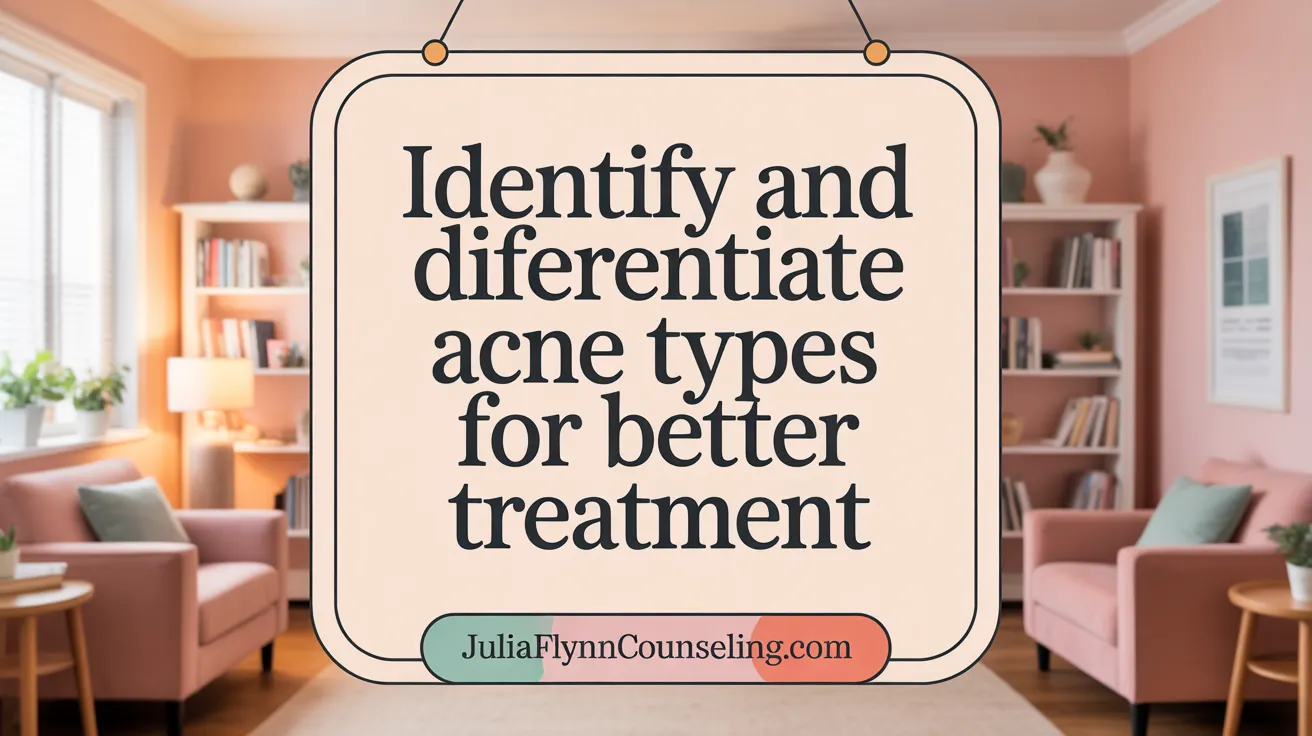
How can different types of acne be identified and differentiated?
Acne manifests in various forms, each with its characteristic appearance and level of inflammation. Recognizing these differences is essential for appropriate management.
Noninflammatory acne primarily includes blackheads and whiteheads. Blackheads, or open comedones, are pores clogged with oil and dead skin cells that have darkened on the surface. Whiteheads, or closed comedones, are similar clogs but with the pore opening sealed beneath the skin surface, appearing as small, white bumps.
Inflammatory acne features red, tender bumps called papules, and spots filled with pus known as pustules. These lesions are signs of skin inflammation and often cause discomfort.
For more severe cases, large and deep lumps—nodules and cysts—form beneath the skin. Nodules are solid, painful, and can last for weeks, while cysts are pus-filled, causing significant pain and risking permanent scars.
Assessing these lesion types guides treatment strategies. Mild cases with predominantly noninflammatory lesions may respond to topical treatments, whereas inflammatory and severe lesions often need systemic medications or specialized procedures. Accurate identification ensures effective therapy and minimizes the risk of complications such as scarring.
Why is Acne Generally More Severe During Teenage Years?
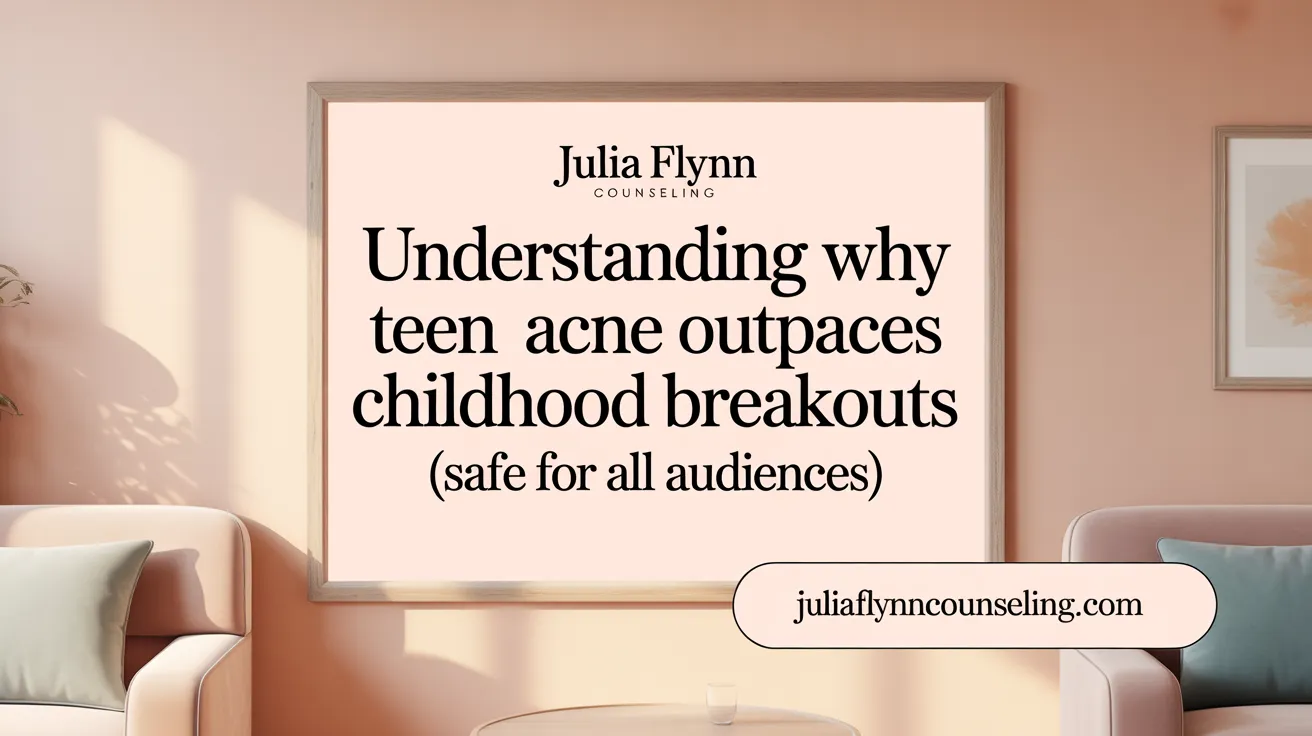
Why is acne generally worse during the teenage years?
Acne tends to be more severe in adolescence mainly due to hormonal and lifestyle factors. During puberty, the body experiences a surge in hormones called androgens. These hormones significantly stimulate the sebaceous or oil-producing glands in the skin, leading to increased sebum production.
This excess oil, combined with dead skin cells, can clog hair follicles and create the ideal environment for bacteria such as Propionibacterium acnes to thrive. The presence of bacteria triggers an inflammatory response, which results in red, swollen, and sometimes painful pimples, cysts, or nodules.
Moreover, hormonal fluctuations related to the menstrual cycle, stress, or medication use can cause additional spikes in oil production, worsening the severity of acne. Teenagers often engage in behaviors that can exacerbate skin issues, such as using oily skincare products, wearing tight clothing, or not maintaining proper skincare routines.
Environmental factors like humidity and pollution but also poor diet and stress can further aggravate acne during these years. Overall, the combination of hormonal surges, increased sebum production, bacterial proliferation, and external influences explains why acne tends to be at its worst in teenage years and less severe in childhood.
Epidemiology and Age-Related Considerations for Acne Management
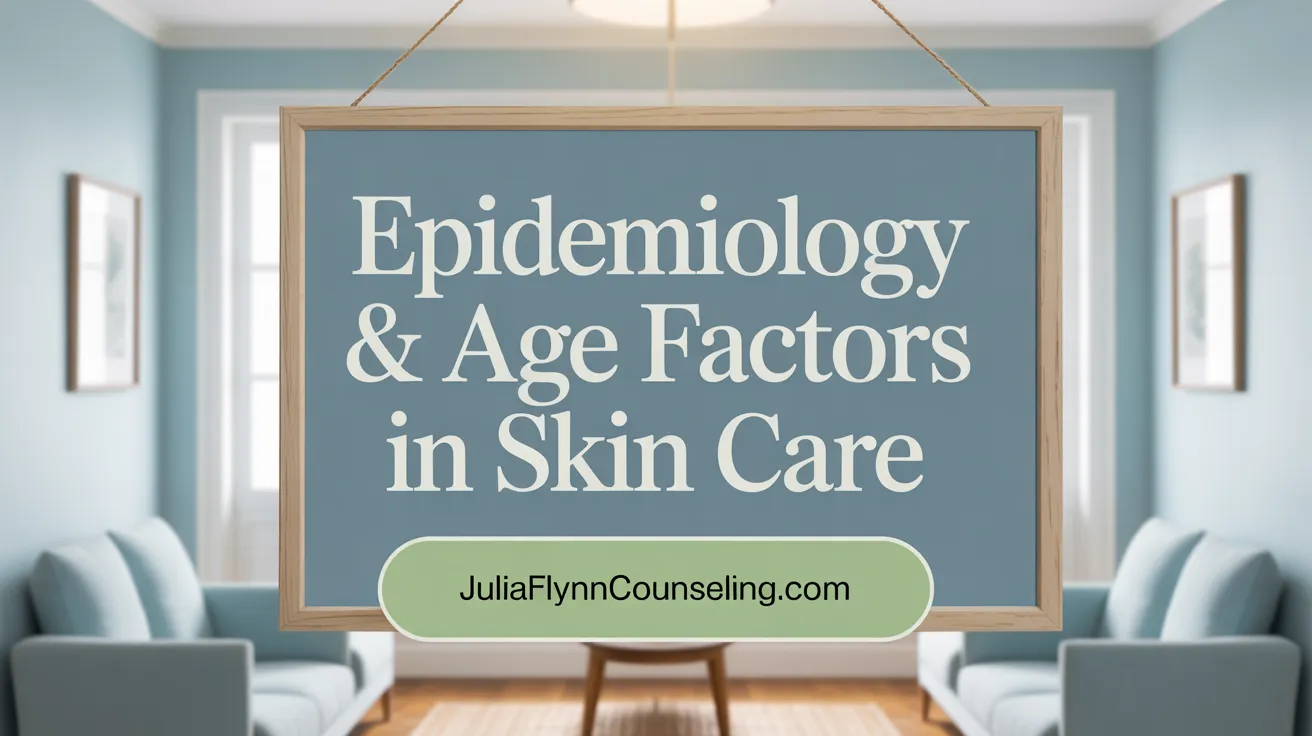 Acne predominantly affects individuals during their teenage years, with over 85% of adolescents experiencing it at some point. Its most common onset occurs between ages 13 and 25, making adolescence a critical period for management. During this stage, hormonal fluctuations—particularly increased androgens—stimulate sebaceous glands, leading to excessive oil production and plugging of hair follicles. Consequently, most teenage acne presents as comedonal and inflammatory lesions mainly on the face, upper back, and shoulders.
Acne predominantly affects individuals during their teenage years, with over 85% of adolescents experiencing it at some point. Its most common onset occurs between ages 13 and 25, making adolescence a critical period for management. During this stage, hormonal fluctuations—particularly increased androgens—stimulate sebaceous glands, leading to excessive oil production and plugging of hair follicles. Consequently, most teenage acne presents as comedonal and inflammatory lesions mainly on the face, upper back, and shoulders.
In adulthood, acne can persist or develop anew, especially among women. Adult acne has a prevalence that decreases with age but remains significant, affecting a notable number of women into their 30s and beyond. Typically, adult female acne manifests as inflammatory papulopustular lesions concentrated on the chin, jawline, and sometimes the neck, often influenced by hormonal imbalances such as polycystic ovary syndrome (PCOS) or menopausal shifts.
Gender differences are evident in acne prevalence: adolescent males are more commonly affected, particularly with milder, non-inflammatory comedonal acne, whereas adult females tend to develop more inflammatory and resistant forms. This variation underlines the importance of age- and gender-specific considerations in treatment plans.
Environmental and lifestyle factors—including stress, cosmetics, and external pollution—play increasingly significant roles in adult acne, necessitating tailored management strategies. The psychological impact of acne is profound across all age groups, often affecting self-esteem and mental health, highlighting the need for a holistic approach that considers psychological support alongside medical treatment.
In summary, understanding the epidemiological trends and hormonal or environmental influences related to age is essential for personalized acne management. Treatment must address the specific lesion types, skin sensitivity, and psychosocial effects experienced at different life stages, with a focus on effective and sustainable control.
Tailored Treatment Approaches for Childhood Acne
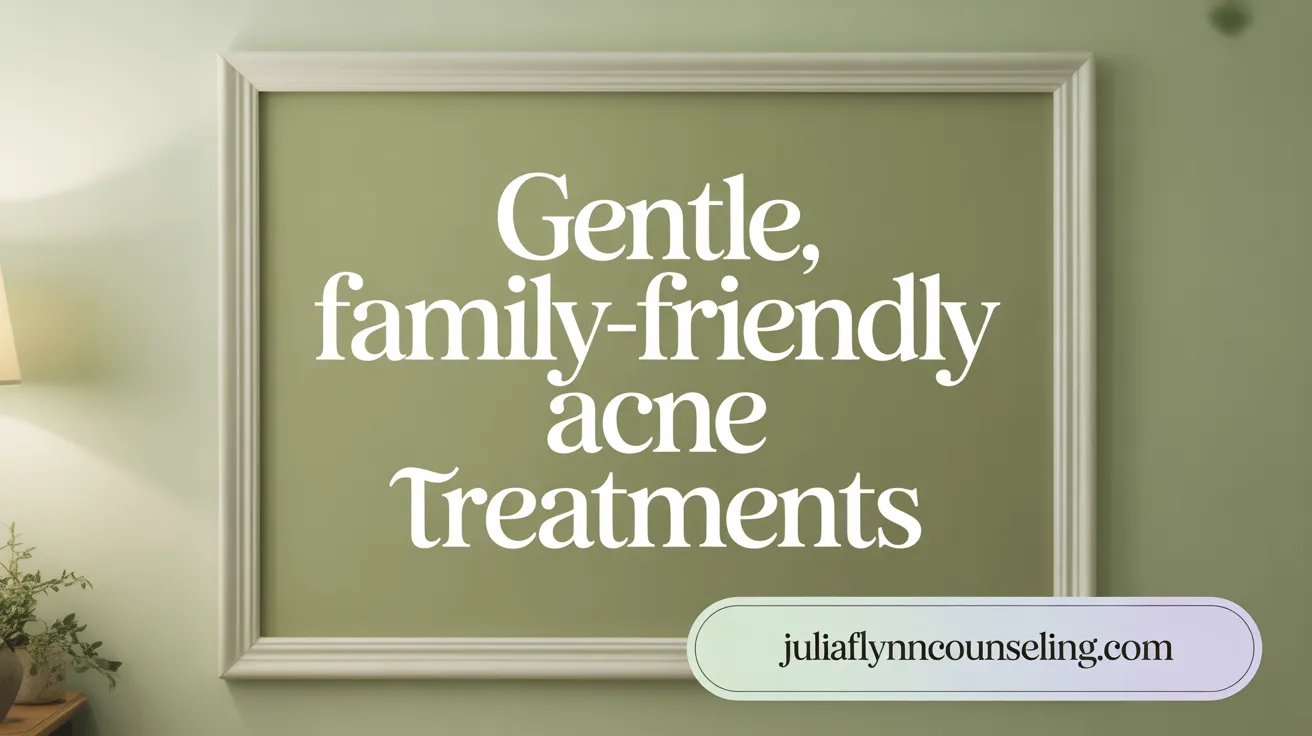
What are the recommended treatment approaches for childhood acne compared to teenage acne?
Managing acne in children requires a careful and gentle approach. Unlike teenage acne, which often involves more inflamed lesions and may necessitate prescription medications, childhood acne generally responds well to simple, non-invasive treatments.
A primary step is establishing a gentle skincare routine. This includes washing the affected areas twice daily with a mild, non-comedogenic cleanser, avoiding harsh scrubbing or abrasive products that can irritate the skin.
Topical treatment options for children typically involve over-the-counter agents such as benzoyl peroxide or adapalene. These help reduce clogged pores and prevent new lesions from forming, especially in cases of mild comedonal acne.
It's crucial to avoid the use of harsh or pore-clogging skincare products. Parents are advised to select non-oil-based, fragrance-free, and gentle formulations suitable for sensitive skin.
Early intervention is important to prevent the progression of acne and reduce the risk of future scarring. In most cases, these conservative measures are sufficient. Systemic medications like antibiotics or isotretinoin are reserved for severe or resistant cases and require careful evaluation and close monitoring by healthcare professionals.
Overall, prompt and appropriate care not only helps control physical symptoms but also minimizes psychological impacts, fostering healthy skin development during childhood.
| Treatment Aspect | Recommendations | Additional Notes |
|---|---|---|
| Skin care routines | Gentle cleansing twice daily | Use mild, non-abrasive cleansers |
| Topical treatments | Benzoyl peroxide, adapalene | Adequate for mild cases |
| Avoid harsh products | Oily, heavy, or irritating skin products | Promotes skin barrier integrity |
| Early management and prevention | Start treatment early to avoid scars | Essential for long-term skin health |
This tailored approach emphasizes gentle, consistent care, with early intervention playing a crucial role in managing childhood acne effectively.
Comprehensive Management Strategies for Teenage Acne
What are the recommended treatment approaches for childhood acne compared to teenage acne?
Treating childhood acne differs from managing teenage acne due to differences in the typical severity and nature of lesions.
In children, acne usually appears milder and predominantly involves hyperkeratinisation and mild inflammatory lesions. The general approach includes gentle cleansing with non-irritating, non-comedogenic products, coupled with topical agents such as benzoyl peroxide and salicylic acid, tailored to the child's skin sensitivity.
Teenage acne, however, tends to be more widespread and involves a broader range of lesion types, including papules, pustules, and sometimes cysts. It often requires a combination of topical treatments like retinoids, benzoyl peroxide, and antibiotics. When lesions are moderate to severe, systemic options such as oral antibiotics or hormonal therapies (in females) are considered.
Both age groups benefit from early intervention to prevent scarring and improve psychological wellbeing. Dermatologist consultation is recommended if over-the-counter treatments show no improvement after several weeks. Additional supportive measures include sun protection, stress management, and avoiding skin irritants.
Overall, treatment plans are customized based on lesion severity, age, and individual response, aiming to achieve clear skin with minimal side effects.
Prevention and Tailored Intervention Across Age Groups
How can acne prevention and intervention methods be tailored to different age groups?
Effective acne management requires strategies that are customized to the specific needs of each age group. This ensures better outcomes and minimizes potential skin irritation or long-term effects.
In children, prevention focuses on gentle skincare routines. This involves using mild, non-irritating cleansers and avoiding harsh soaps or abrasive scrubs. Children's skin is more sensitive and less prone to severe sebum production, so treatments emphasize avoiding irritants, cosmetics, and products that can clog pores.
For teenagers, hormonal fluctuations play a major role in acne development. Prevention includes educating teens on the importance of regular, gentle cleansing twice daily and choosing non-comedogenic skincare and makeup. Topical therapies such as retinoids and benzoyl peroxide are commonly recommended, alongside advice on diet and stress reduction. Early intervention can prevent more severe cases and scarring.
Adults, especially those in their 30s and beyond, often face ongoing hormonal changes and environmental factors like stress, pollution, and skin sensitivities. Their skin may be more reactive, requiring a milder skincare regimen that includes anti-inflammatory ingredients such as niacinamide and hyaluronic acid. Treatment plans may incorporate hormonal therapies, chemical peels, or light-based procedures tailored to their skin’s condition.
Older adults, particularly women experiencing menopause, may have decreased estrogen levels leading to different skin changes. Management here involves gentle cleansing routines, use of retinoids with caution, and treatments targeting skin aging and inflammation. Professional procedures can help address persistent acne and related skin concerns while protecting skin integrity.
Summary Table: Age-specific acne prevention and intervention strategies
| Age Group | Main Features | Suggested Interventions | Etiological Focus |
|---|---|---|---|
| Children (7-12) | Sensitive skin, mild acne | Gentle cleansing, avoid irritants, non-comedogenic products | Skin sensitivity, immature sebaceous glands |
| Teenagers (13-19) | Hormonal surges, increased sebum, moderate acne | Regular hygiene, topical retinoids, benzoyl peroxide, diet, stress management | Hormonal influence, sebum production |
| Adults (20-50) | Hormonal imbalances, environmental factors | Mild skincare, hormonal therapy options, chemical peels, targeted ingredients | Hormonal fluctuations, lifestyle |
| Older Adults | Skin aging, menopausal changes | Gentle cleansing, anti-inflammatory skincare, professional procedures | Fluctuating hormones, skin sensitivity |
By understanding and addressing age-specific factors, healthcare providers can optimize acne prevention and treatment plans, improving both skin health and psychological wellbeing across all life stages.
Psychosocial Impact and Long-Term Considerations in Acne Management
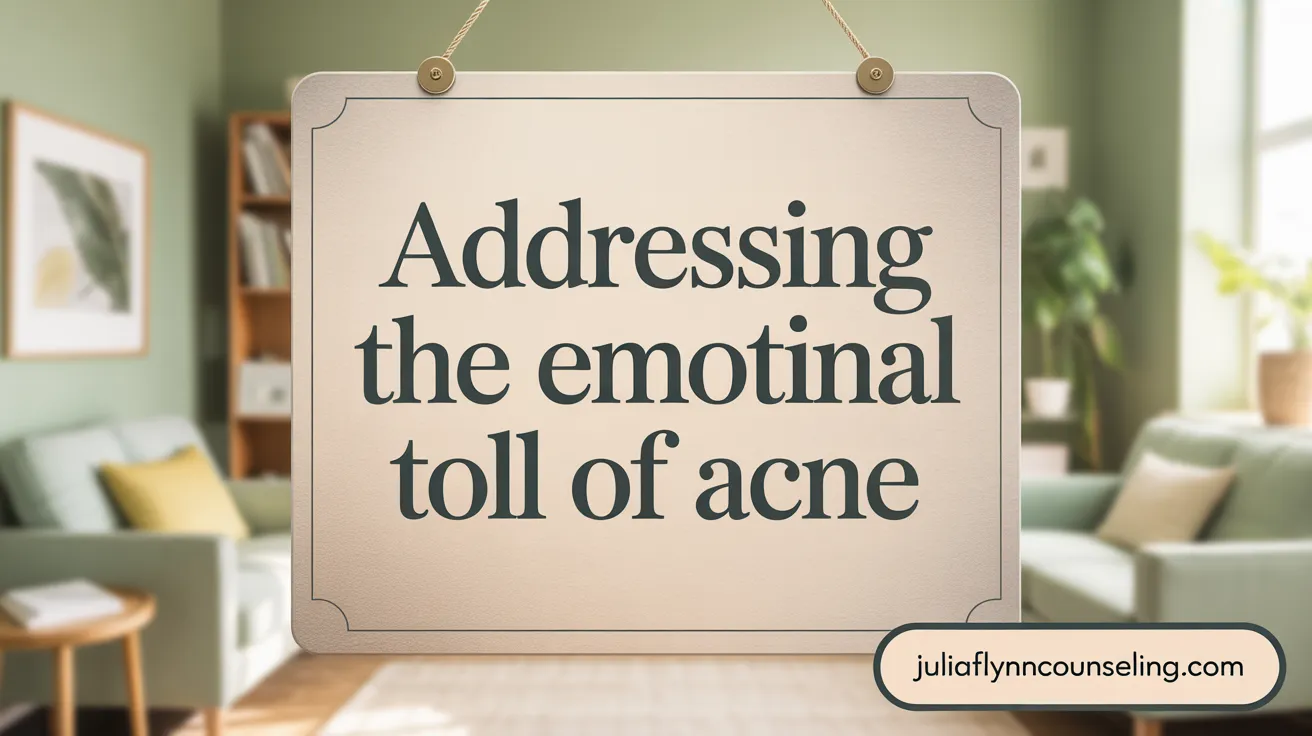
Emotional and psychological effects
Acne, especially when severe or persistent, can significantly affect a young person's emotional wellbeing. Many teens experience lowered self-esteem, feelings of embarrassment, and social withdrawal due to visible skin lesions. The psychological toll can sometimes lead to anxiety or depression, emphasizing the importance of addressing both physical and emotional health.
Importance of early treatment
Early intervention is crucial to prevent worsening of acne and reduce the risk of permanent scars. Prompt and appropriate treatment can minimize the severity of lesions and support better emotional outcomes for affected individuals. This proactive approach can also enhance self-confidence and reduce the stigma associated with skin problems.
Prevention of scarring
Treating acne effectively during its active phase can prevent the development of scars. Using suitable medications and skincare routines tailored to the severity of the condition aids in minimizing tissue damage. In cases where scars do develop, advanced procedures such as laser therapy, microneedling, or chemical peels can improve skin appearance and boost confidence.
Role of parental and professional support
Support from parents and healthcare professionals plays a vital role in managing the psychological aspects of acne. Educating patients about the nature of their condition, setting realistic expectations, and providing emotional reassurance can empower teens and adults alike. For persistent or severe cases, psychological counseling may be beneficial to help cope with emotional distress, ensuring comprehensive care.
Tailoring Acne Care: Recognizing Age-Dependent Differences for Effective Outcomes
Acne's manifestation and management vary significantly between childhood and teenage years, influenced by hormonal, environmental, and genetic factors unique to each stage of development. Childhood acne, generally milder and predominantly non-inflammatory, requires gentle, cautious treatment to prevent progression and scarring. In contrast, teenage acne, driven by robust hormonal surges and increased sebum production, often presents more severely and benefits from comprehensive, sometimes systemic, therapies. Understanding these distinctions enables healthcare providers and families to adopt informed, tailored approaches that not only address the physical symptoms but also support emotional well-being. Early intervention, age-appropriate prevention strategies, and ongoing patient education are key to mitigating acne’s physical and psychological burdens across the lifespan.
References
- Adult acne versus adolescent acne: a narrative review with a focus ...
- Acne in Children | Johns Hopkins Medicine
- Understanding Acne in Teenagers and Kids: Causes, Treatment ...
- Prepubertal acne: A retrospective study - PMC
- Adult acne versus adolescent acne: a narrative review with a focus ...
- What Parents Need to Know About Managing Teen Acne
- Learn All You Need to Know about Acne in Children
- [PDF] Acne Information - Society for Pediatric Dermatology
- Acne (Acne Vulgaris) > Fact Sheets > Yale Medicine
- Acne in adolescents - RACGP
